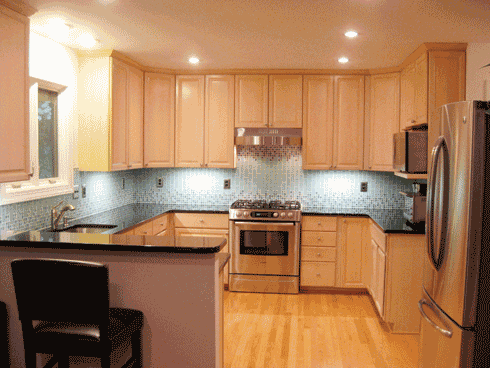An HD View

In the past 75 years, the term “high definition” (HD) has evolved. Many factors contribute to the definition of HD. If you think 720p means HD, you’re right. But what about 1080p? Well, that’s HD as well. A 720p resolution is high definition and offers a great picture— in many instances it may look as good or better than 1080p. This is because several factors contribute to picture quality: the source, the wires, the equipment you’re feeding through, the distribution, the signal quality and the calibration.
Let’s say you are viewing your signal from a satellite dish. To view a picture in HD, you need to have the proper coax cable to carry and decode the signal into your satellite box, the proper cable for your distribution, a switch, and possibly an amplifier to boost your signal. Translation: There are many places to lose picture quality along the way.
Blu-ray boggle
You’re watching a movie from your Blu-ray player—you’re getting the best picture possible, right? Not necessarily. Not all Blu-ray players are created equal. One popular game station uses Blu-ray as its player, but the chip set in that player is inexpensive. So while it is HD, and has a better picture than standard definition, it is not the quality of a stand-alone unit with a better, more expensive chip. A good Blu-ray player will cost about $400 to $1,000, and yes, there is a difference in picture quality.
Screen quality
A “cinema”-quality projector offers the best picture, but it can range in cost from $5,000 to $250,000. Quality combined with affordability is the reason flat screens are so popular, with starting prices under $1,000.
When shopping for a new flat screen or projector, rather than paying attention to the brightness of the picture—brightness is adjustable, is usually turned way up in stores and has very little to do with the picture quality—look at the picture’s black levels. This is where you can notice the difference in picture quality. If you want the higher-end products, consider going to a custom store or custom installer.
From good to great
So you now have a really good HD picture. How do you go from “really good” to “great?” Make sure you have all of the following: high-quality wiring, proper installation practices and connectors (a qualified, experienced professional can really make a difference—credentials mean they’ve had the proper training), a good source and planning so you stay within your budget.
The History of HD |
| 1936 The British 405-line black-and-white television was introduced, considered high definition in comparison with previous mechanical and electronic television systems. 1941 1958 1969 1983 Today |


5 Ways to Make A Splash This Summer

Backsplash Beauty

7 Common Renovation Mistakes Homeowners Make

Award-Winning Kitchens, Baths, Interior Design and More

Atlanta’s NKBA Designs of Distinction 2019 Winners

100 Things to Know Before You Remodel

What’s the simplest way to upgrade your window treatments?







